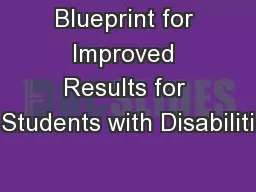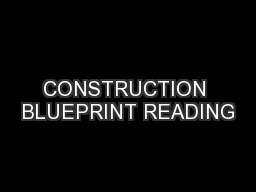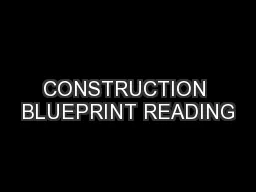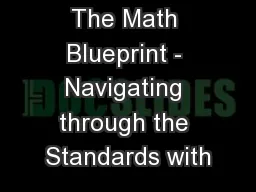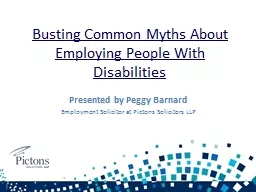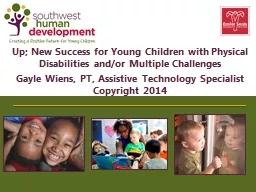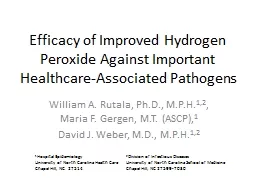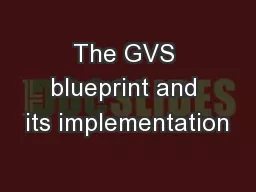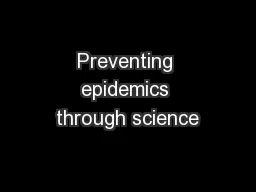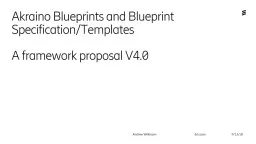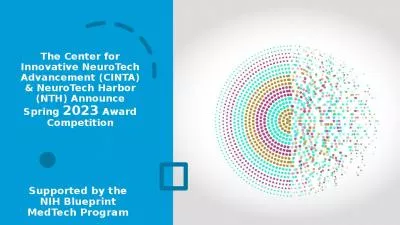PPT-Blueprint for Improved Results for Students with Disabiliti
Author : tatyana-admore | Published Date : 2017-11-17
New York State Education Department Office of Special Education 2016 2 Key Principles 3 Underlying Essential Understandings Communities boards of education district
Presentation Embed Code
Download Presentation
Download Presentation The PPT/PDF document "Blueprint for Improved Results for Stude..." is the property of its rightful owner. Permission is granted to download and print the materials on this website for personal, non-commercial use only, and to display it on your personal computer provided you do not modify the materials and that you retain all copyright notices contained in the materials. By downloading content from our website, you accept the terms of this agreement.
Blueprint for Improved Results for Students with Disabiliti: Transcript
Download Rules Of Document
"Blueprint for Improved Results for Students with Disabiliti"The content belongs to its owner. You may download and print it for personal use, without modification, and keep all copyright notices. By downloading, you agree to these terms.
Related Documents

